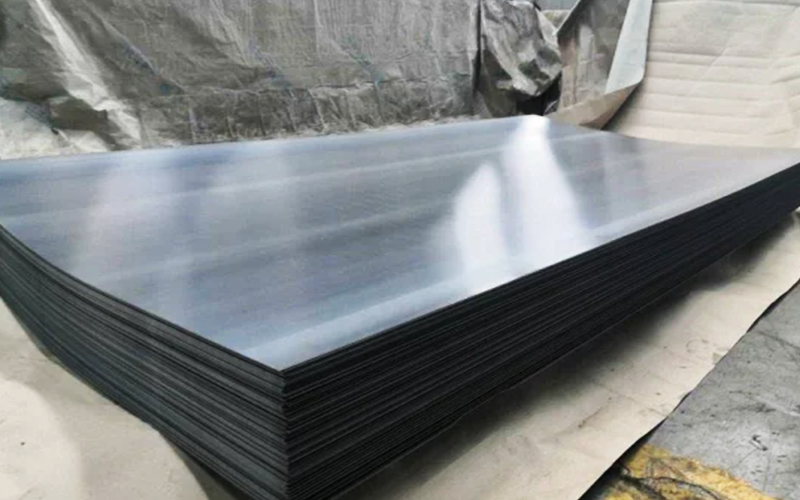Product introduction
Inspection equipment
The production process of all products will be strictly controlled, and all products can accept the quality inspection of professional third-party testing institutions to ensure that each product meets the quality standards.

Material introduction
An aluminium alloy is an alloy in which aluminium (Al) is the predominant metal. The typical alloying elements are copper, magnesium, manganese, silicon, tin, nickel and zinc. There are two principal classifications, namely casting alloys and wrought alloys, both of which are further subdivided into the categories heat-treatable and non-heat-treatable. About 85% of aluminium is used for wrought products, for example rolled plate, foils and extrusions. Cast aluminium alloys yield cost-effective products due to the low melting point, although they generally have lower tensile strengths than wrought alloys. The most important cast aluminium alloy system is Al–Si, where the high levels of silicon (4–13%) contribute to give good casting characteristics. Aluminium alloys are widely used in engineering structures and components where light weight or corrosion resistance is required.
Alloys composed mostly of aluminium have been very important in aerospace manufacturing since the introduction of metal-skinned aircraft. Aluminium–magnesium alloys are both lighter than other aluminium alloys and much less flammable than other alloys that contain a very high percentage of magnesium.
Aluminium alloy surfaces will develop a white, protective layer of aluminium oxide if left unprotected by anodizing and/or correct painting procedures. In a wet environment, galvanic corrosion can occur when an aluminium alloy is placed in electrical contact with other metals with more positive corrosion potentials than aluminium, and an electrolyte is present that allows ion exchange. Also referred to as dissimilar-metal corrosion, this process can occur as exfoliation or as intergranular corrosion. Aluminium alloys can be improperly heat treated, causing internal element separation which corrodes the metal from the inside out.
Aluminium alloy compositions are registered with The Aluminum Association. Many organizations publish more specific standards for the manufacture of aluminium alloy, including the Society of Automotive Engineers standards organization, specifically its aerospace standards subgroups, and ASTM International.
Packaging & Warehouse
In order to ensure the supply of goods, we also maintain good cooperation with major steel mills in China.

Let's Start a Conversation
How can we help you?
Get a free sample
We can send free samples for customers, but the shipping cost will be borne by you
Get a free quote
Contact us or leave your information, we will have a professional business manager and contact you, for you to quote the most favorable price and the most suitable program
Building 2, Wanda Plaza, High-tech Zone, Jinan City, Shandong Province
Please provide as much information as possible, we guarantee that all the information will not be leaked, it will only be used for the transaction between us.
Product introduction





